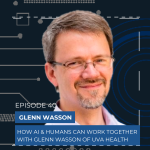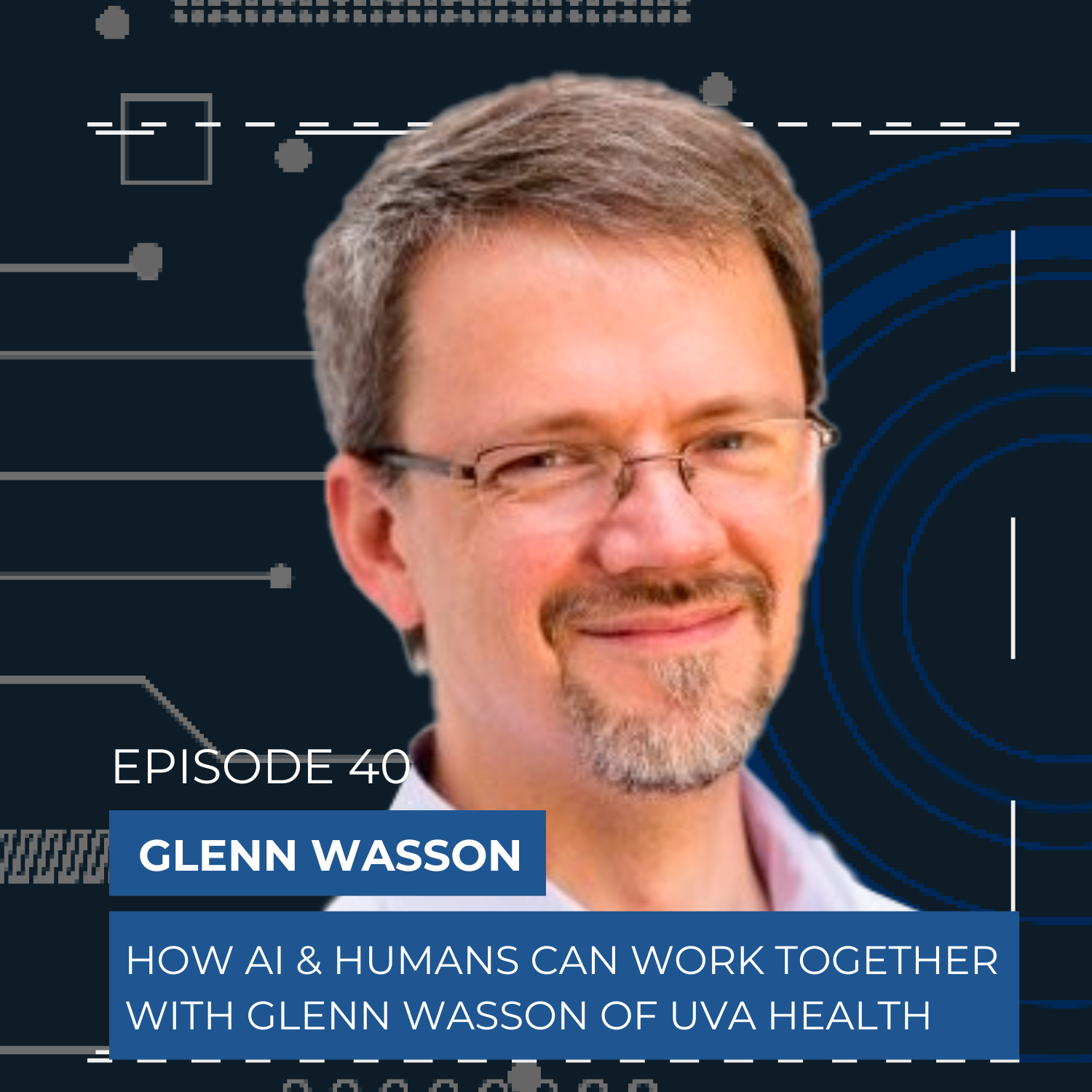
Artificial intelligence (AI) is a topic that sparks many debates. Everyone is curious about the future of AI, whether it can generate original ideas, and if it will ever replace humans. But the crucial question we should be asking is, how we can best work with AI to augment our own capabilities.
We dive into this and so much more with a data analytics executive, Glenn Wasson. Glenn is a data scientist and the Administrator of Analytics and Performance Measurement at the University of Virginia Health System. He also holds a PhD in Computer Science from the University of Virginia. Glenn has leveraged his expertise to creatively solve problems across diverse industries, including healthcare, national defense, energy, and higher education.
In this episode of the Scaling Tech podcast, Arin and Glenn explore the capabilities of AI in depth. They highlight key features of AI, examine its main limitations, and share practical advice for making the most out of AI in an ever-evolving tech space.
Check out this episode to stay ahead of the curve and master the essentials of the new business norm that is AI.
About Guest:
Name: Glenn Wasson
What he does: He’s a Data Analytics Executive
Company: UVA Health
Where to find Glenn: LinkedIn
Key Insights
⚡AI reminds us of us. Artificial intelligence gets its name because it mirrors human behavior. It reminds us of us, and that’s one of its greatest strengths — it behaves in a natural and easy-to-understand way, ultimately creating a better user experience.
Glenn explains, “AI is this big umbrella term for systems that solve problems in a way that reminds us of us. So, in a way that feels human-like to other people. It’s a bit of a philosophical definition, but it sort of avoids having to define exactly what intelligence is, which is a notoriously sticky issue. We don’t have to argue about whether AI or people… It allows us to ascribe intelligence to what systems we want, and that’s not so much sort of diss of the state of the art because the important thing there is how easy it is for someone to interact with a system that’s sort of acts the way they would anticípate a person doing. So you can really get a better user experience, let’s say, out of such systems.”
⚡Machine learning (ML) is a context-dependent probability model. While AI mimics human behavior, ML is more powerful because it learns from examples rather than relying on predefined rules.
Glenn explains, “We talked about AI as this big umbrella term. Machine learning, then is a subset of AI where we’re creating systems that try to determine patterns from examples. So really useful in situations where it’s hard to write the algorithm or the ruleset that governors how to solve a problem, but we can differently judge any particular solution to be right, wrong, good, bad, and so if you can present a whole bunch of positive negative examples to a system that can try and derive what the rules are from that, that’s machine learning in a nutshell. And then a large language model, a particular technique where by we train essentially this giant probability machine on all the text we can find, and its job is to say, given all the words that have been used up to now, what’s the most likely next word?”
⚡Can AI build on our ideas? The boundaries of AI creativity are a topic of ongoing debate. Glenn shares his point of view. “There’s a theory of creativity where what is really happening is people are combining parts of things they have seen before just in an unusual way. So they are reusing things that are already out there, which the AI, in theory, could have access to as well, and so it’s just a question of whether the LLM technique will cause it to combine those pieces in an unexpected way or will it do the most expected thing because the probability model said that that’s what it should do?”

